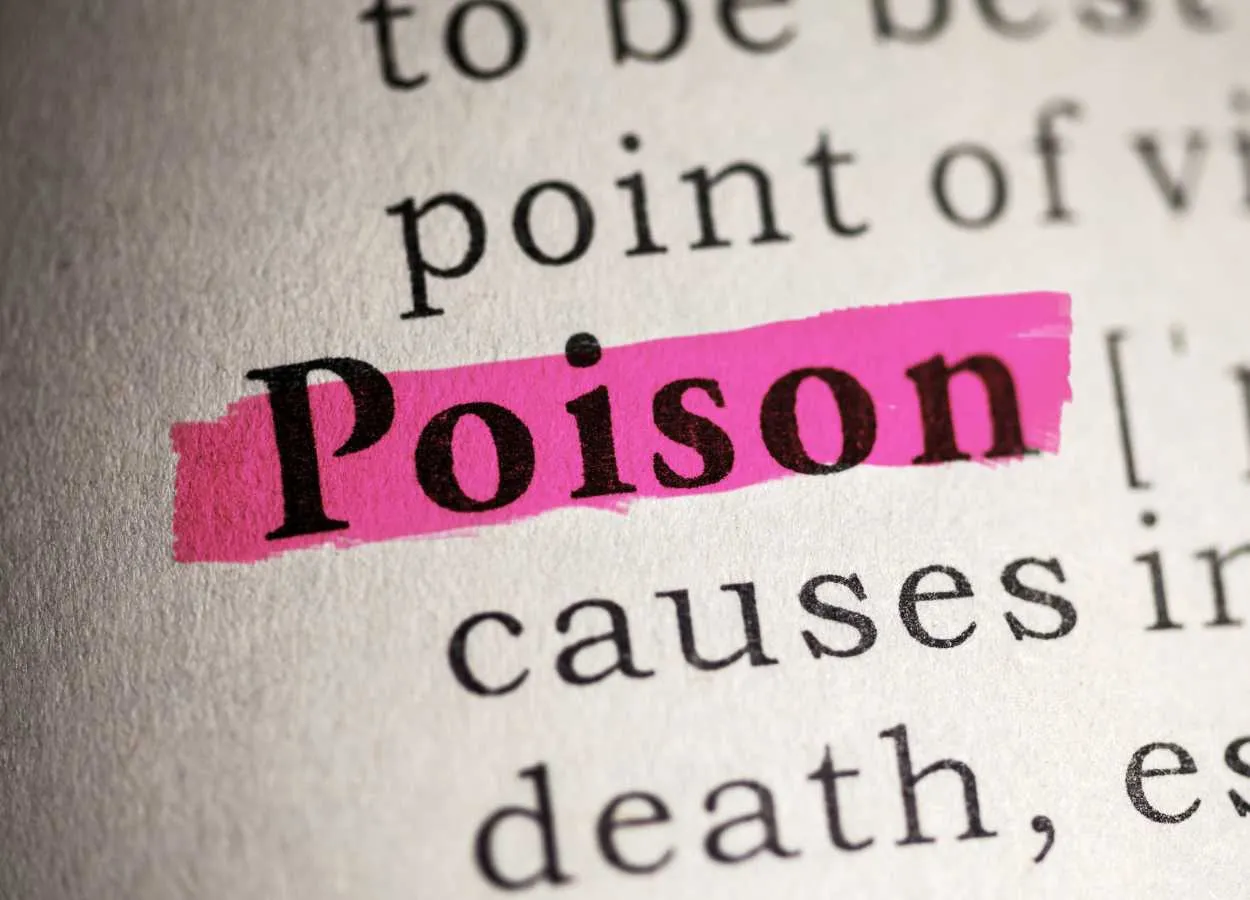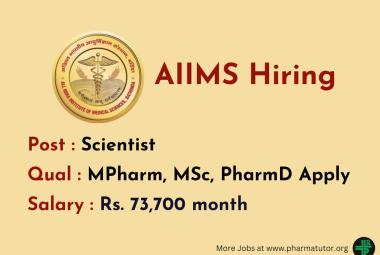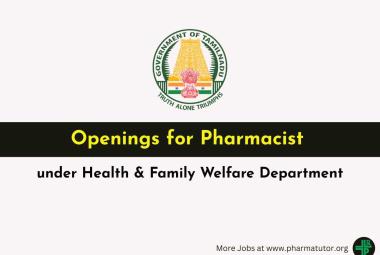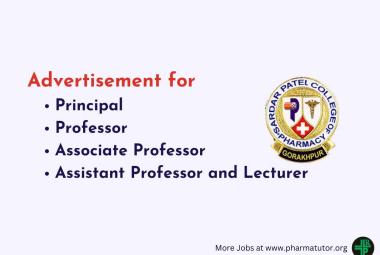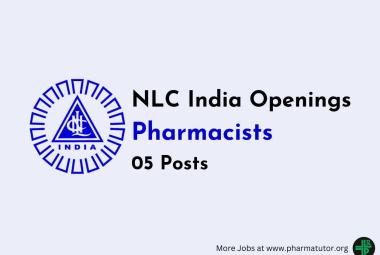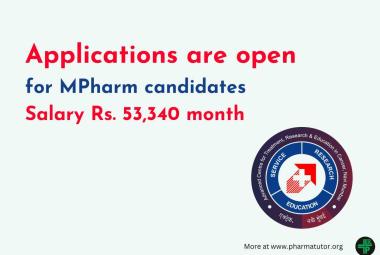The very famous quote credited to Paracelsus who expressed the classic toxicology maxim that, "All things are poison, and nothing is without poison; only the dose makes a thing not a poison." The principle relies on the finding that all chemicals, even water and oxygen can be toxic if too much is eaten, drunk, or absorbed. The idea simply describes the phenomenon in which poisonous substances can be medicinal in small doses.
Let's highlight a few --
Digitalis (from Foxglove plant)
Poison: Cardiotoxic in large doses.
Medicine: Used to treat heart failure and atrial fibrillation.
Botulinum toxin (Botox)
Poison: One of the most potent neurotoxins known.
Medicine: Used in tiny amounts for cosmetic purposes (wrinkle treatment), chronic migraines, muscle spasms, and more.
Arsenic (Arsenic trioxide)
Poison: Toxic metal, historically used as a poison.
Medicine: Used to treat acute promyelocytic leukemia (APL).
Warfarin
Poison: Originally developed as a rat poison.
Medicine: Used as a blood thinner to prevent blood clots.
Atropine (from deadly nightshade / belladonna)
Poison: Can cause hallucinations, tachycardia, and death in high doses.
Medicine: Used to dilate pupils, treat bradycardia, and as an antidote for some poisonings.
Morphine (from opium poppy)
Poison: Highly addictive and potentially lethal in overdose.
Medicine: Powerful painkiller in controlled medical settings.
Thallium
Poison: Extremely toxic heavy metal.
Medicine: Once used in small doses for certain skin conditions (no longer common due to safety concerns).
Strychnine
Poison: Causes severe convulsions and death.
Medicine: Historically used as a stimulant or performance enhancer; not used today due to high toxicity.
Nicotine
Poison: Toxic in large amounts.
Medicine: Nicotine patches and gums help people quit smoking.
LSD (Lysergic acid diethylamide)
Poison: Hallucinogenic and psychologically potent.
Medicine: Currently being researched in microdoses for depression and PTSD.
I think we are well versed about LD50 Study. In addition to LD50, toxicology uses several types of studies to evaluate the safety and hazards of chemicals, drugs, and environmental agents. These studies assess acute, subacute, subchronic, chronic, reproductive, developmental, and genetic toxicity, among others.
Toxicology has ancient roots, evolving over thousands of years from mystical observations of poisons to the modern science of safety and risk assessment. In ayurveda, there are mentions of "Visha" (toxins) and their antidotes. Even Egyptians are known to use plant and mineral toxins for both medicinal and homicidal purposes, in Ebers Papyrus (ancient Egyptian texts).
Toxicologists follow the 3Rs principle: Replacement, Reduction, and Refinement. The 3Rs is a foundational ethical framework in toxicology and animal research. It guides scientists to minimize the use of animals in experiments and to treat them as humanely as possible when their use is unavoidable.
Toxicological lapses in medicine can lead to severe health effects, widespread harm, or even death. These failures typically result from poor safety testing, underestimating toxicity, or overlooking long-term effects. There is a very infamous incidence of Thalidomide tragedy that lead to severe birth defects (limb deformities) in over 10,000 babies worldwide.
There are few other such incidents --
Vioxx (Rofecoxib) Withdrawal (1999–2004)
In September 2004, Merck voluntarily withdrew rofecoxib from the market because of concerns about increased risk of heart attack and stroke associated with long-term, high-dosage use. Merck withdrew the drug after disclosures that it withheld information about rofecoxib's risks from doctors and patients for over five years, allegedly resulting in between 88,000 and 140,000 cases of serious heart disease.
Intended use: Painkiller (NSAID) for arthritis.
Issue: Long-term use increased risk of heart attack and stroke.
Toxicological lapse: Underestimated cardiovascular toxicity during trials.
Trovafloxacin (Trovan)
The Trovafloxacin (Trovan) trial in Kano, Nigeria, in 1996, was a controversial clinical trial that involved administering the antibiotic Trovan to children with meningitis, causing significant harm and raising ethical concerns. Eleven children died in the trial, and many suffered long-term disabilities.
Used for: Serious infections (antibiotic).
Effect: Severe liver toxicity.
Toxicological lapse: Inadequate prediction of hepatotoxic effects in early trials.
Fen-Phen Diet Drug Combo
It was sold in the early 1990s, and utilized two anorectics. Fenfluramine was marketed by American Home Products (later known as Wyeth) as Pondimin, but was shown to cause potentially fatal pulmonary hypertension and heart valve problems, which eventually led to its withdrawal in 1997 and legal damages of over USD 13 billion.
Combination of: Fenfluramine + Phentermine.
Effect: Linked to heart valve damage and pulmonary hypertension.
Issue: Long-term cardiovascular toxicity was missed.
Diethylene Glycol Contamination
Diethylene glycol (DEG) contamination in medications has tragically resulted in numerous deaths, particularly among infants and children. The most notable incidents include the Sulfanilamide Disaster in the US in 1937, followed by several others globally, including in Nigeria, Panama, and Haiti.
Recurring issue: DEG used as a solvent substitute in several formulations (e.g., cough syrups).
Toxicological lapse: DEG is highly toxic to kidneys and liver.
Outcomes: Mass poisonings in Haiti (1995), Nigeria (2008), India (2022).
The regulation of medicines plays a crucial role in protecting public health, particularly through the enforcement and evaluation of toxicological studies. These regulations ensure that all drugs undergo rigorous safety assessments before they are approved for public use. Toxicology is central to this process, as it helps identify the harmful effects a substance may have on the body under different exposure levels, durations, and routes. Without regulatory oversight, there is a significant risk that potentially toxic substances could be marketed as medicines, which could lead to severe health consequences or even fatalities.
Regulations also enforce the scientific rigor needed in toxicity testing. Regulatory bodies such as the U.S. Food and Drug Administration (FDA), the European Medicines Agency (EMA), and the Central Drugs Standard Control Organization (CDSCO) in India require that all toxicity data be collected using validated and standardized methods. Many of these standards are developed and maintained internationally by the International Council for Harmonisation (ICH) and the Organisation for Economic Co-operation and Development (OECD), which ensure that testing protocols are harmonized across countries.
In addition to preclinical testing, regulatory frameworks mandate post-marketing surveillance (pharmacovigilance) to detect rare or long-term adverse effects that may not appear during clinical trials. This continued oversight allows for corrective actions, such as drug recalls or updates to safety warnings, if new toxicological data emerges. Moreover, regulations also promote ethical standards through the implementation of the 3Rs principle—Replacement, Reduction, and Refinement—in animal testing. This ensures that animal use in toxicity studies is minimized and that animals are treated humanely when their use is necessary.
In conclusion, regulation is essential to ensure the safety, efficacy, and quality of medicines. By enforcing toxicological studies at various stages of drug development and monitoring, regulatory frameworks help prevent harm, uphold ethical standards, and maintain public trust in healthcare systems.
- Rajesh Vagh
PharmaTutor Edu Labs


